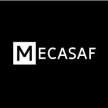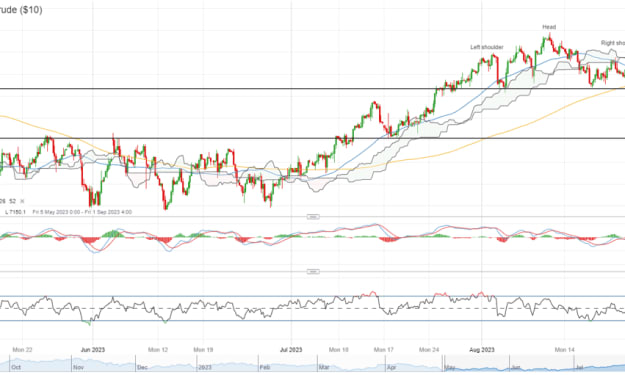Jerome Powell's speech
Stock indices in New York fell after the president of the Federal Reserve said this Friday that real interest rates are already on restrictive ground but that there are still signs that the US economy has not yet “cooled down” as expected. Markets point to a pause in interest rate hikes in September, with a return of an increase in November

Jerome Powell's speech at the opening of the annual economic symposium in Jackson Hole did not go over well with financial markets. The indices on the New York stock exchanges went into the red after the president of the Federal Reserve (Fed) fueled even more uncertainty about the course of US monetary policy until the end of the year. However, they returned to green, showing strong hesitation.
Powell acknowledged that the central bank's real interest rate (minus inflation) is already in positive, clearly restrictive territory, but added later that the Fed is "watchful for signs that the economy may not be cooling down as expected". ”, which means that monetary policy may need to be further tightened. “Additional evidence of persistent above-trend [economy] growth may jeopardize [decline in] inflation and require further tightening by monetary policy,” said the Fed chairman.
On the Fed interest rate futures market tracked by the CME's FedWatch platform, the probability of a pause in interest rate hikes at the next meeting on September 20th remains at 80%, but the probability of a return to a rise of interest at the meeting following November 1 increased to over 50%. In short, the markets admit that the Fed could repeat the move it made recently: it decided a pause in June and raised 25 basis points in July.
The markets attention towards Jackson Hole turns. now, for the intervention of Christine Lagarde even before the closing of the markets in New York.
REAL INTEREST IS ALREADY POSITIVE, BUT ECONOMY NEEDS TO COOL MORE
Due to the drop in inflation in July to close to 3% and the rise in central bank interest rates to the 5.25%-5.5% range, the real rate - minus inflation - is already positive, underlined Powell in Jackson Hole. A positive real rate, that is, nominal central bank interest already above inflation, means that monetary policy is clearly on restrictive ground. “Real interest rates are now positive and well above conventional neutral policy rate estimates. We view the current [monetary] policy stance as restrictive, putting downward pressure on economic activity, [labour market] hiring and inflation. But we cannot rigorously identify the neutral interest rate and, therefore, there is always uncertainty about the precise level of monetary policy tightening”, explained the president of the US central bank this Friday.
The Fed therefore maintains a huge dose of uncertainty about the course of inflation, as the so-called underlying inflation (from which the most volatile components are excluded), which stood at 4.3% in July, “is still high”, Powell stressed. “We still don't know if the declines in inflation [which we have seen] will continue”, he reinforced. The Fed needs to be “confident that inflation is moving towards the [2% monetary policy] objective”.
The Fed also deals with another factor of uncertainty about what is happening in the US economy. “We are attentive to signs that the economy may not be cooling down as expected,” warned Powell. He gave examples: GDP growth is above expectations and above the long-term trend; recent data on consumer spending has been particularly robust; there is recovery in the real estate sector; and real wages are rising due to falling inflation.
In the view of the Fed, the economy has to cool down and not keep hot spots - as mentioned above. Now, to ensure that the economy cools down even as necessary, the central bank may have to raise interest rates above the current 5.5%. It is this uncertainty that remains in the markets and in Jerome Powell's own discourse.
Which also puts central bankers on a narrow path. “These uncertainties, both old and new, complicate our task of balancing the risk of tightening monetary policy too much against the risk of tightening too little. Doing too little could allow inflation to consolidate above target and, ultimately, require monetary policy to eliminate more persistent inflation, at a high cost to employment. Doing too much can also cause unnecessary damage to the economy,” explained Powell.
In conclusion, the Fed chairman underlined: “In these circumstances, risk management considerations are critical. In future meetings, we will assess our progress based on the full data and evolving perspectives and risks. Based on this assessment, we will proceed with caution in deciding whether to tighten further or instead hold the key rate constant and wait for more data.”
About the Creator
MecAsaf
Hello, my lovelies!
Welcome
Writer & Author
Photographer
Artist
If you like my work leave comments
If you want to help ( Donations ) :
Payeer / P1008347300
Paypal / paypal.me/cardoso317
Bitcoin / 1LFUmSQrazKR2ayg6F2fitLe3UWN6SdRcF






Comments
There are no comments for this story
Be the first to respond and start the conversation.